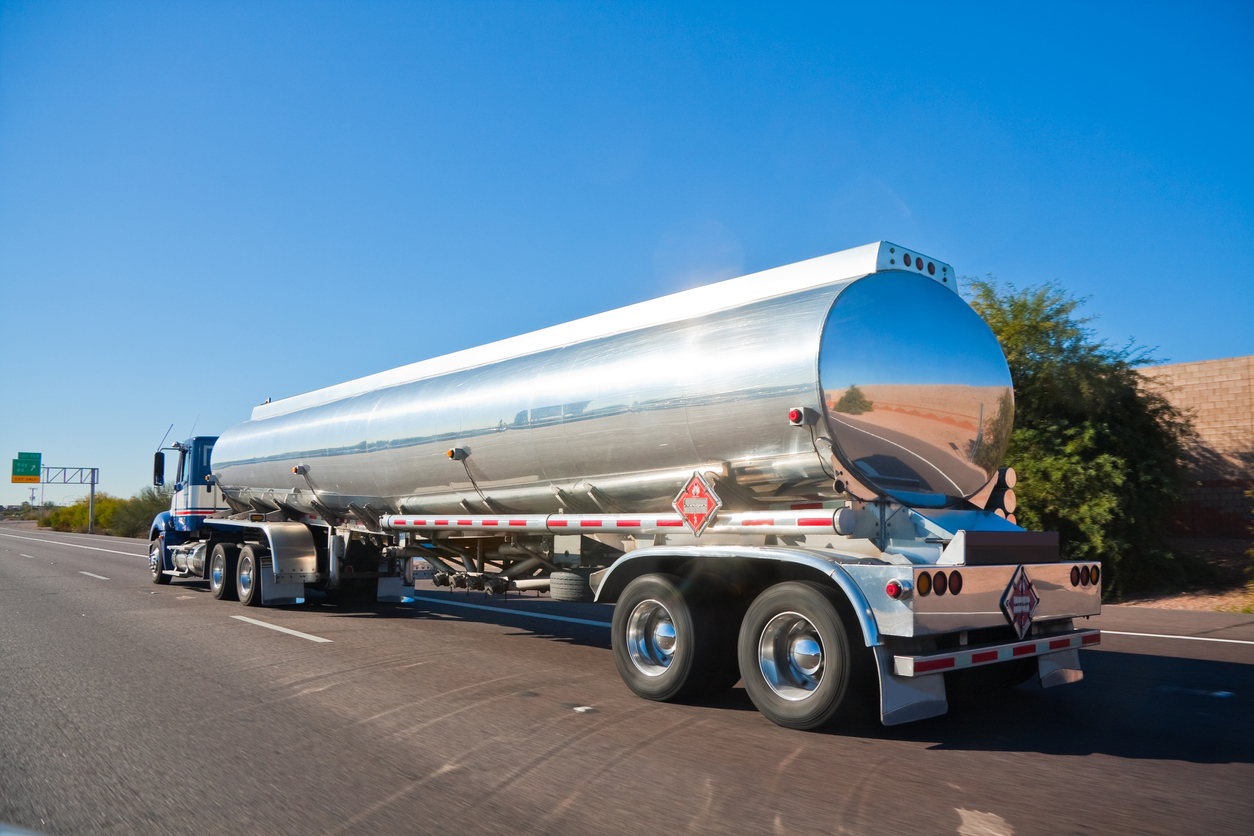 When cross border bulk shipping between Canada and the U.S., mistakes can be costly. Follow these six steps as you prep your shipment to save time and money.
When cross border bulk shipping between Canada and the U.S., mistakes can be costly. Follow these six steps as you prep your shipment to save time and money.
More and more cross-border bulk shipping between Canada and the U.S. is transported by truck. In 2020, trucks carried over 70% of the value of surface trade across our shared border.
With that much freight, mistakes are all too common, and costly. Canada’s Auditor General found that 20% of shipments entering the country had been assigned the wrong tariff classification code, resulting in incorrect tax and duty calculations.
To save you time and money, here is our handy six-step guide on how to prepare your cross- border bulk shipping between Canada and the U.S.
Step 1: Prepare your shipment
Get your Business Number or Employee Identification Number In order for any individual or business to import or export commercial goods from Canada, you are required to have a Business Number and import/export account, which is issued by the Canada Revenue Agency (CRA). When shipping goods into the U.S., you will need to set up an Employee Identification Number with the Internal Revenue Service (IRS).
Hire an experienced customs broker.
Hiring an experienced customs broker will make every step of the shipping process easier. There are so many bureaucratic snags that can cause shipping delays or incorrect fees or tariff calculations that it’s worth hiring a professional. When shipping into Canada, you’ll need a Canadian broker, and when shipping into the U.S., you’ll need an American broker.
A customs broker serves as a transactional agent for your cross-border shipments and will:
- Obtain shipment releases
- Pay any applied duties
- Prepare and submit necessary documents or information
- Maintain records
- Respond to any ongoing concerns from customs agents
Identify your goods
Gathering as much information as possible about the goods you are cross-border bulk shipping is a massive help when determining tariff classifications. Having sales literature, manufacturing specs, or product samples available for your broker will ensure you’re paying fair tariffs.
Determine the country of origin
Accurately determining the goods’ country of origin (or where it was grown or created) is also very important for your documentation. If Canada or the U.S. has a trade agreement with the country of origin, you benefit by paying lower duty rates.
Check if you are shipping any restricted or prohibited goods
Both countries have extensive lists of banned or controlled items. Your broker will help you review which items are permitted to enter the country and which require additional licenses, permits or certificates. You can view Canadian regulations here and U.S. regulations here.
Step 2: Identify your HS codes
Countries around the world use a two to six-digit numerical code to identify goods called the Harmonized Commodity Description and Coding System (HS). The HS code must be included in your import or export documents to identify your goods to customs. Your broker will check for any errors and use the HS code to determine how much duty and taxes are owed.
Step 3: Estimate duties and taxes
Generally, duties and taxes are calculated using a combination of the HS code, value of the goods and relevant trade agreements. As mentioned earlier, trade agreements reduce or eliminate duties on select goods. Your broker will prepare an estimate of the applicable costs, but it’s important to note that customs has the final say. Calculations are also done differently between countries.
Shipping to the U.S.
When transporting goods to the U.S., customs duties are determined as a percentage set by the Harmonized Tariff System. You can look up tariff rates using the U.S. International Trade Commission Tariff Database.
There will likely also be federal taxes and fees on products you are cross-border bulk shipping. Some goods are subject to state or local taxes, which must be paid to the regional treasury office because the U.S. customs agency does not collect taxes on behalf of the state.
Shipping to Canada:
On the other hand, Canadian duties are calculated based on the type of goods being imported and the country of origin. The Canadian border agency has a free duty estimate calculator you can use here.
Like the U.S., Canada has additional taxes and fees. The GST is levied by the federal government and is usually paid at the time of import. Provincial sales tax varies (in name and rate) and like sales tax, is issued by the individual provinces and territories.
Step 4: Ship your goods
Once everything is ready, you can finally place an order with your transportation and logistics provider. Together with your customs broker, they will work to get your freight across the border quickly and securely. Transportation providers are responsible for:
- Communicating with your broker to pre-clear the shipment prior to pick-up
- Electronically submitting paperwork to Canada’s Advance Commercial Information
System prior to arriving at the border - Electronically submitting paperwork to U.S.’ Automated Commercial Environment prior
to arrival at the border
Pre-approval will speed up processing time at the border. In addition, a bonded carrier is able to enter Canada or the U.S. from any service point while a non-bonded carrier will need to wait at the border until an entry number is received.
Step 5: Customs clearance
Your customs broker will manage customs clearance. If you choose not to hire a broker, you must have power of attorney to clear any shipments.
To help speed up customs clearance when cross-border bulk shipping, ensure your invoices are organized, legible and detailed. Label and number each package for easy identification and cross-reference package numbers on your invoice, along with detailed item descriptions. Ensure the country of origin is visible on all packages.
Step 6: Record-keeping
Your customs broker will maintain shipping records for the required time, but if not, you must:
- maintain U.S. import records for five years
- maintain Canadian import records for six years following the shipment
Through our member companies, the ShipNorthAmerica Network provides a broad range of services in specialized freight movement. Visit our blog for more articles, news and updates for the transportation industry.
